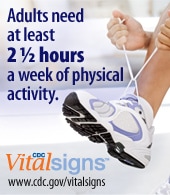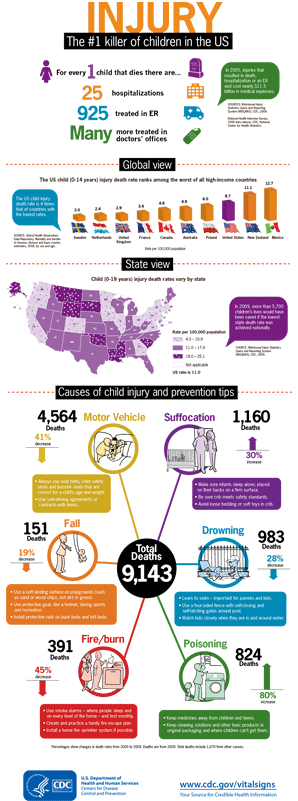
The two things most likely to get a man to visit his doctor are a pressing medical concern and his wife – though not necessarily in that order.
In a study released this month by the Centers for Disease Control and Prevention (CDC), researchers found that married men are more likely to have had a medical checkup in the last year compared to single men and men with a live-in partner.
The report used surveys from nearly 24,000 men in 2011-12. They were also asked about whether they’d had a medical screening for diabetes, high blood pressure and cholesterol. Again, married men were more likely to have had the tests.
What put the other groups at a disadvantage?
“It’s a common notion that men are reluctant patients,” says Kevin McVary, MD, chair of urology at SIU School of Medicine. “Often it’s their spouse who brings them in. In fact, most men’s appointments are made by spouses.”
 Without the spouse’s in-house encouragement, many men will not schedule a doctor’s visit unless they are experiencing symptoms. This mindset is dangerous because symptoms are more prevalent when a disease reaches an advanced stage. Regular checkups help catch things early, before illnesses can gain traction.
Without the spouse’s in-house encouragement, many men will not schedule a doctor’s visit unless they are experiencing symptoms. This mindset is dangerous because symptoms are more prevalent when a disease reaches an advanced stage. Regular checkups help catch things early, before illnesses can gain traction.
According to the CDC study, live-in partners do not play a similar health-promoting role, and this puts cohabitating men at greater risk of not receiving clinical preventive services.
One of the study’s authors, Joe Blumberg, says women living with men may be more reluctant than wives to ask personal health questions or prod men to see a doctor.
Read more about men’s health in the current issue of Aspects magazine.
-ss
Sources: Center for Disease Control report and the Associated Press













